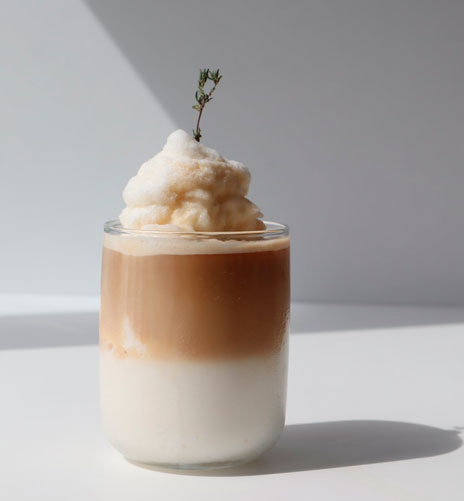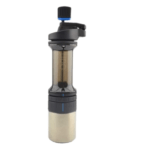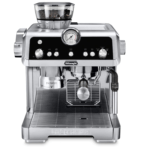What Is the Best Milk for Frothing?
Milk frothing is quite complicated contrary to what some might assume. There are loads of ways to froth milk, good and bad. However, there is even more possibility when you start switching the types of milk that you froth with. That being said, have you ever wondered what milk froths the best? If this has crossed your mind at one time or another, then you are in luck. We are going to dive into the best milk to froth with as well as the worst.
Whether you are a frothing professional or dipping your toe into the barista waters, knowing a bit more about which products work the best and which don’t is going to be crucial to perfecting your craft, so let’s jump in!

Milk Frothing 101
To learn the best frothing options, we need to learn a bit more about what frothing is and the crucial components. To keep it simple, frothing is what makes for the creamy consistency that differentiates types of espresso drinks such as a cappuccino, latte, or even a macchiato. Each of these use different styles of froth to create their well known flavor.
There are a few ways to froth a drink. At a cafe, there will be an attached frother to a commercial grade espresso maker. This is also an option for this with home machines as well as handheld frothers if you don’t have a built-in frother with your machine. That being said, the style of milk also plays a large role in how the consistency and flavor of milk froth turns out.
Best Milk to Froth
Now that we know a bit more of the background of frothing, we can discuss the best and worst milks to froth with in order from best to worst and why some would be a better opinion for you over others.
1. Whole Milk
First things first, the default when it comes to frothing is typically whole milk as it has the thickest consistency to froth well. There are huge pros to this option when it comes to the flavor and texture of the drink.
However, as many people are trying to cut dairy out of their diet, this becomes less appealing for most. That being said, there are some alternatives that allow you to stay away from lactose without losing most of the benefits that whole milk has.
2. Skim Milk
Next on the list would be skim. This is actually the easiest option for beginning frothers. However, this is still dairy and has a less dense and creamy texture than whole milk. That being said, if you are hesitant to try frothing yourself, skim might be a great place to start. It will form larger bubbles quickly from its light consistency making for a quick and easy froth.
3. Oat Milk
Next on the list is a non dairy product: oat milk. If you are looking for a non dairy alternative, this is definitely the way to go. Unlike most non dairy options, this option still contains a thicker consistency which is crucial to having optimal flavor and froth results. As far as texture, it is the closest to dairy as you can get without dairy.
The biggest downside of this option as well as other non dairy options is that it doesn’t stand for long. This means the shape of the foam will likely fall apart quicker, so be prepared for this slight setback at the price of going dairy free.
4. Almond Milk
Almond milk is another decent option for frothing. A tad less creamy and thick in consistency, it can still get the job done to ensure that you don’t miss out on the bliss of your favorite beverages.
5. Coconut Milk
Moving into the worst options for frothing, coconut milk is more fuss than it is worth when it comes to froth abilities. While there may be a few options out there that can work if frothed perfectly, 9 times out of 10, the thin consistency makes for terrible froth results that not only look unenjoyable, but taste it as well. If you’re a huge coconut fan, it might be a rough transition, but you will benefit much more from switching to another option when it comes to espresso beverages.
6. Cashew Milk
Last and definitely the worst option. Similar to coconut milk, this consistency is not meant for frothing. Plain and simple as that. The thin consistency will have your foam falling before you can reach it to take a sip. Remember, thick and creamy is the goal when it comes to espresso drinks, so stay away from thin and watery options.





